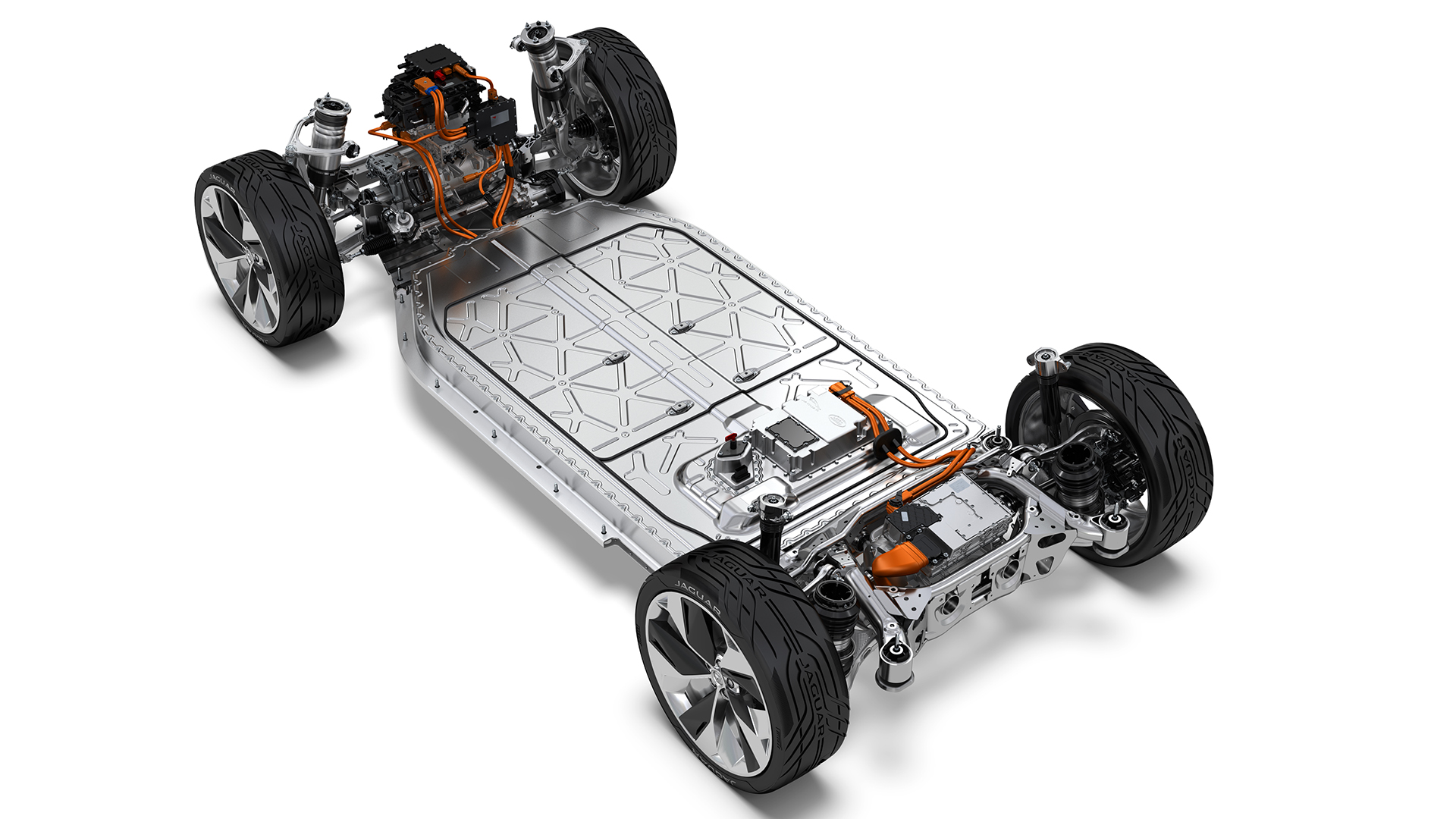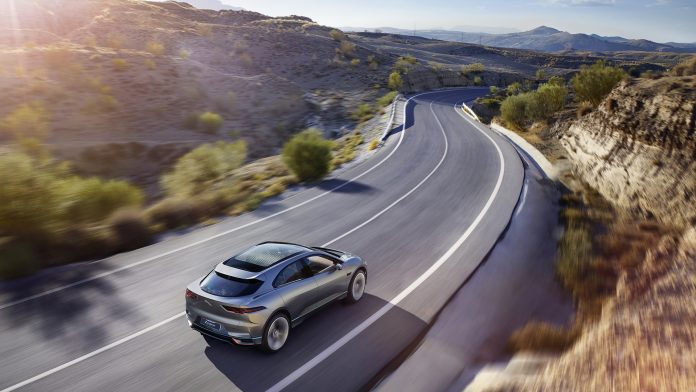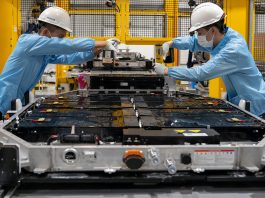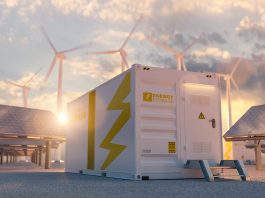Jaguar Land Rover is partnering with Wykes Engineering Ltd to create one of the UK’s largest renewable energy storage systems from recycled I-PACE batteries.
The groundbreaking renewable energy storage system will harness the power of recycled batteries from Jaguar’s electric vehicle, the I-PACE.
Reusing electric vehicle batteries for energy storage will not only help establish a circular economy for Jaguar, aiding the company’s Reimagine Strategy to achieve net zero emissions by 2039, but will also help realise the full potential of solar and wind power.
Rueben Chorley, Jaguar’s Sustainable Industrial Operations Director, commented: “We’re delighted to be working with Wykes Engineering on this pioneering project that will help unlock the true potential of renewable energy.
“Developing second-life battery projects like this is crucial to helping JLR adopt a new circular economy business model and drive us toward achieving carbon net zero by 2039.”
How does the renewable energy storage system work?
The renewable energy storage system will be developed by Wykes Engineering and will use 30 second-life I-PACE batteries.
Each system can store up to 2.5MWh of energy at full capacity, with Jaguar aiming to supply enough recycled batteries to store 7.5MWh of energy by the end of 2023 – enough to power 750 homes for a day.
Each of the renewable energy storage systems is connected to an advanced inverter that optimises energy management and efficiency.
The technology can directly supply power to the National Grid during peak times and can draw power out of the grid throughout off-peak hours to store for future use.
This type of renewable energy storage system will be instrumental in decarbonising the grid by capturing solar and wind energy during sunny or windy conditions to be used at other times of the year when energy demands are higher, such as winter.
David Wykes, the Managing Director of Wykes Engineering, said: “One of the major benefits of the system we’ve developed is that the containers are connected to the grid in such a way that they can absorb solar energy that could otherwise be lost when the grid reaches capacity.
“This excess energy can now be stored in the second-life I-PACE batteries and discharged later. This allows us to ‘overplant’ the solar park and maximise the amount of power we generate for the area of land we are using.”
Why Jaguar I-PACE batteries are perfect for storing energy
Jaguar I-PACE batteries are manufactured to the highest standards, meaning once their health falls below mandated electric vehicle requirements, they can be deployed in low-energy situations.
This leaves between 70-80% residual capacity, which is ideal for utilising energy storage systems.

The process is also seamless, with the batteries easily removed from the Jaguar I-PACE and slotted into racks in the containers on-site.
Once battery health falls below the requirements for their second-life use, Jaguar will recycle the raw materials to establish a truly circular process.
Once the concept is proven, Jaguar plans to scale up deployment of the renewable energy storage system, with the energy storage sector expected to reach 200 gigawatt-hours annually by 2030 and be worth over $30bn.
The news comes at a pertinent time. Jaguar recently announced plans to develop a 40GW electric car battery factory in the UK, reinforcing the company’s ambitions to become a sustainability leader in the automotive space.









